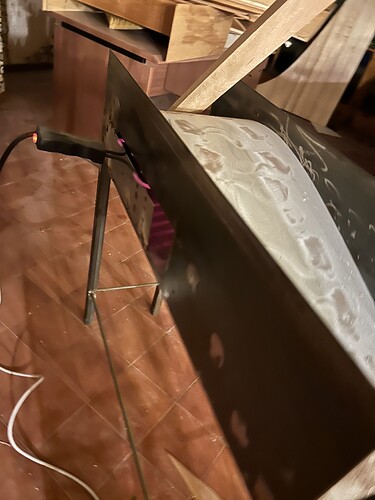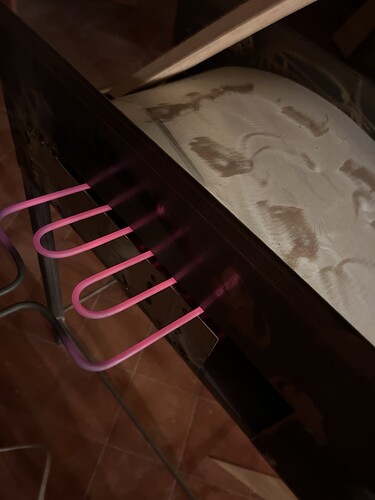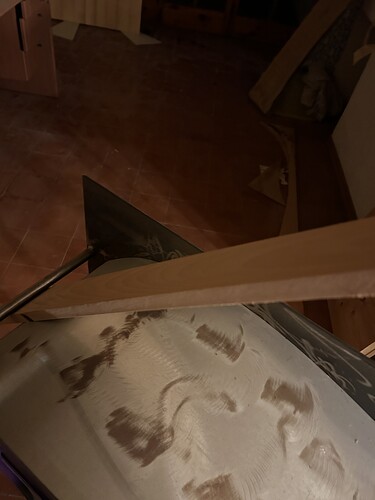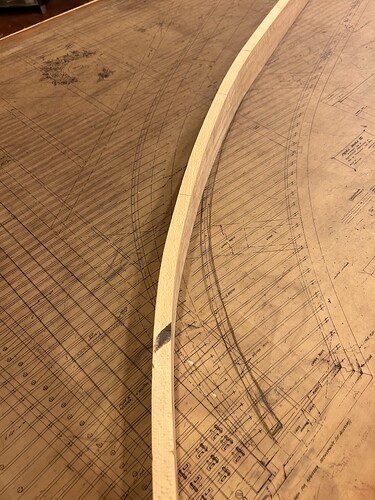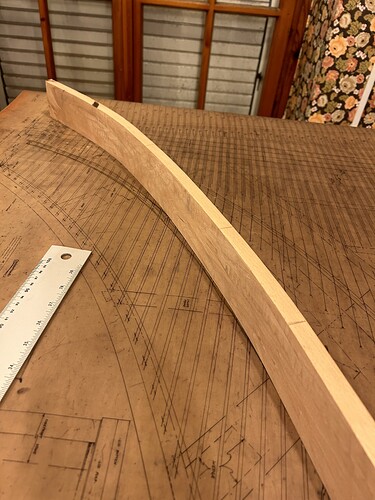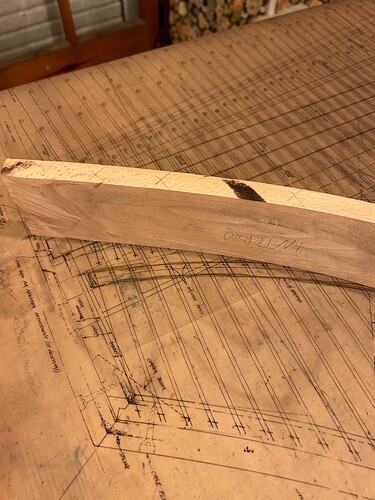I am referring to French and Flemish style of 8’ bridges. Is there a consensus on how they were made 300 years ago? I mean: bent or sawn? (I am speaking of the treble portion, not the bass “hook”).
I have perused the archives, here and on the defunct hpschd-l list, and on the latter I found a couple discussions with no definitive response as the participants did only write about their own techniques and preferences with no reference to historical harpsichords. All of them but one preferred bent bridges vs sawn bridges.
As for historic records, I have found the following:
- of course those bridges were all sawn (Martin Skowroneck, who was still alive, reported by his son Tilman).
- of course those bridges were all bent (various listers).
- of course most of them were bent but the parisians makers sawed them (William Jurgenson).
- sure those bridges were all sawn, French and Flemish (Augusto Bonza, curator of Castello Sforzesco music instruments museum in Milan, in a couple private conversations).
So I am confused and am asking specifically: is there any knowledge on how the 8’ bridges were made, bent or sawn? (4’ bridges don’t need to be sawn or pre-bent as they are thin enough to be bent by hand while gluing on the soundboard, so they pose no problems)
